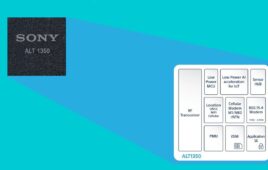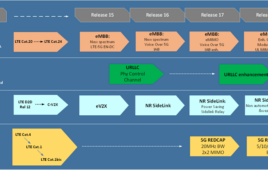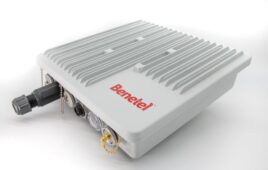At first blush, the 3G iPhone seems to be a better deal. But is it?
Contrary to most news reports, the new 3G iPhone from Apple is no cheaper than its predecessor. Higher monthly service fees and a significantly lower manufacturing cost will lift overall profitability per subscriber. AT&T will just have to wait longer and face more credit risk before payback. The lower sticker price together with higher network performance will substantially stimulate adoption, usage and increase total returns for both companies.
 |
|
Keith Mallinson
|
The effective price in bundles and deferred payments such as with cars, HDTV and cell phones is more than just the upfront charge. For a car, $3,000 down plus a monthly lease or loan payment is unlikely to be any cheaper than paying a cash lump sum. Buying a new handset with a service contract is a bundled purchase in which the upfront acquisition price is subsidized by anticipated future payments. This is standard fare in the cellular business: It’s just that Apple was in denial with its first iPhone and incorrectly thought it could succeed with an alternative business model. Apple has eventually learned what everyone in the cell phone business already knew: Consumers are most sensitive to the upfront charge.
Apple tried to buck the market on pricing and had only limited success in doing so. Unsubsidized pricing helped elevate perceived value for the iPhone, but even that hurt Apple’s image when the price was reduced after a few months and it still didn’t sell enough units. This problem was even worse outside the United States where Nokia and others have stronger brands and the much higher smartphone penetration significantly includes 3G devices already. In addition to service fees, the entry-level iPhone price was $499 in the United States one year ago. This was subsequently reduced to $399 with an increase to 8 GB of memory in comparison to the new 8 GB 3G version for $199 from July 2008.
PRODUCTION COSTS
Profit margins will remain high on the combo. The detailed terms of the deal between AT&T and Apple are not disclosed, but it’s clear AT&T is subsidizing the customer upfront. Additional service revenues will cover this cost. The $30 monthly data charge is $10 more for the 3G iPhone than on 2G. Over the 2-year contract period, that’s an additional $240 – more than the difference between 2G and 3G iPhone prices. iSuppli recently reported the initial hardware bill of materials and manufacturing cost from a preliminary “virtual teardown” of the iPhone 3G as $173. This compares with $226 for the 2G device.
 But strategies are not just about gross margins, market segment shares and competition. They’re about building and expanding the nascent smartphone and mobile Internet categories. The current iPhone has already proved its ability to generate an order of magnitude more network usage than other devices. Even though a lot or most of this is over Wi-Fi connections today, this usage behavior will drive similar or higher levels of wide-area demand on the underutilized 3G data networks. The benefits for both AT&T and Apple will mostly be through unit sales volumes and network stimulation.
But strategies are not just about gross margins, market segment shares and competition. They’re about building and expanding the nascent smartphone and mobile Internet categories. The current iPhone has already proved its ability to generate an order of magnitude more network usage than other devices. Even though a lot or most of this is over Wi-Fi connections today, this usage behavior will drive similar or higher levels of wide-area demand on the underutilized 3G data networks. The benefits for both AT&T and Apple will mostly be through unit sales volumes and network stimulation.
The iPhone is a unique phenomenon with the brand power and a consumer following that surpasses rivals. It has compelling software and an advanced ecosystem of developers. Initiatives will propel it to leadership of the U.S. smartphone category and present a major strategic challenge to global smartphone leader Nokia.
The downsides for AT&T with deferred payments is a reduction of earnings in the short term and increased credit risk with customers who cannot keep up with the higher monthly charges or find a way out on the cheap. Delinquency could become significant with monthly minimums of $70 before voice overage, text charges and with the deteriorating economic conditions. So far, we are reassured that iPhone churn is low and the flat-rate unlimited data plans protect customers from unexpected surprises.
The possibility of adverse court rulings for carriers on Early Termination Fees (ETFs) could be particularly costly for AT&T with introduction of subsidies on the iPhone. Class action lawyer Scott Bursor nonsensically asserted in a recent court action against Sprint Nextel that ETFs have nothing to do with the cost of any phone and are merely customer penalties to prevent churn. The jury has ruled in favor of the carrier in this case. If he prevails in actions against other carriers including AT&T, the well-reasoned re-emphasis on subsidies with the iPhone might enable a new flock of users to bail out down the road for newer phones or cheaper data plans elsewhere before paying their dues in contracted monthly charges.
Mallinson is founder of WiseHarbor, solving commercial problems in wireless and mobile communications. www.wiseharbor.com




